
The transformation of power grids is crucial in adapting to the evolving demands of energy consumption and environmental responsibility. This evolution is being driven by mega projects across the globe, enhancing the efficiency, reliability, and sustainability of power supply systems. From renewable energy initiatives to cross-border collaborations, these projects are paving the way for a robust energy future.
Renewable Energy Integration Initiatives

Incorporating renewable energy sources into existing power grids is a critical step towards a sustainable future. Countries worldwide are investing in large-scale projects to smoothly integrate solar, wind, and other renewable sources into their energy mix. For example, Germany’s Energiewende project aims to transition the country to a more sustainable energy system by increasing the share of renewables.
These initiatives often involve upgrading grid infrastructure to handle intermittent energy sources, which can be unpredictable. By developing smarter grids that can adapt to fluctuations in energy supply and demand, these projects help ensure a stable and consistent energy supply.
Smart Grid Technology Upgrades

Smart grid technology is revolutionizing the way power grids operate by integrating digital communication technology into the energy sector. This allows for real-time monitoring and management of energy flow, improving the efficiency and reliability of power systems. The deployment of smart meters, advanced sensors, and data analytics are some of the key components of these upgrades.
Countries like the United States and China are investing heavily in smart grid projects to enhance grid resiliency and reduce energy loss. By providing better control over energy distribution, these technologies help in addressing issues such as power outages and improving overall grid performance.
HVDC Transmission Projects
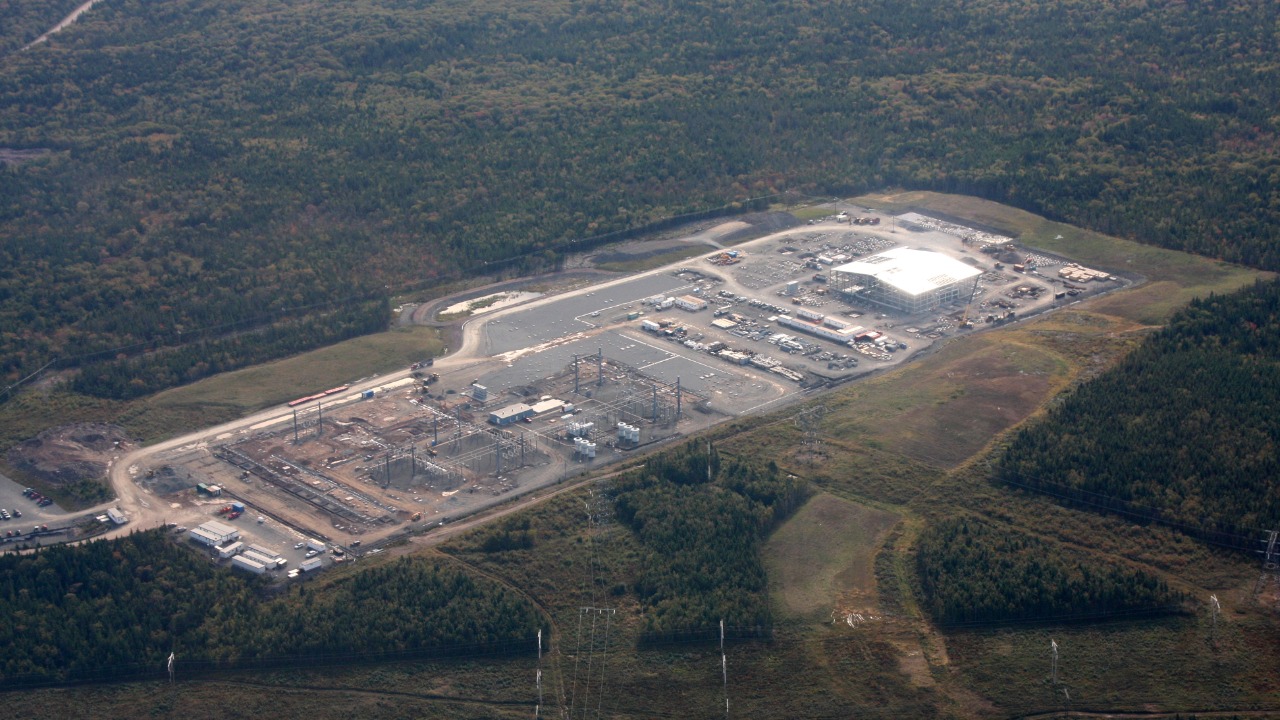
High Voltage Direct Current (HVDC) transmission is a game-changer in the realm of long-distance power transfer. HVDC projects are being implemented worldwide to efficiently transmit electricity over vast distances, connecting remote renewable energy sources to urban centers. This technology enables the transfer of large amounts of power with minimal losses, making it ideal for connecting offshore wind farms and solar installations.
The Europe-based North Sea Wind Power Hub aims to connect multiple countries through a network of HVDC cables, ensuring a stable supply of renewable energy across borders.
Energy Storage Infrastructure Expansion
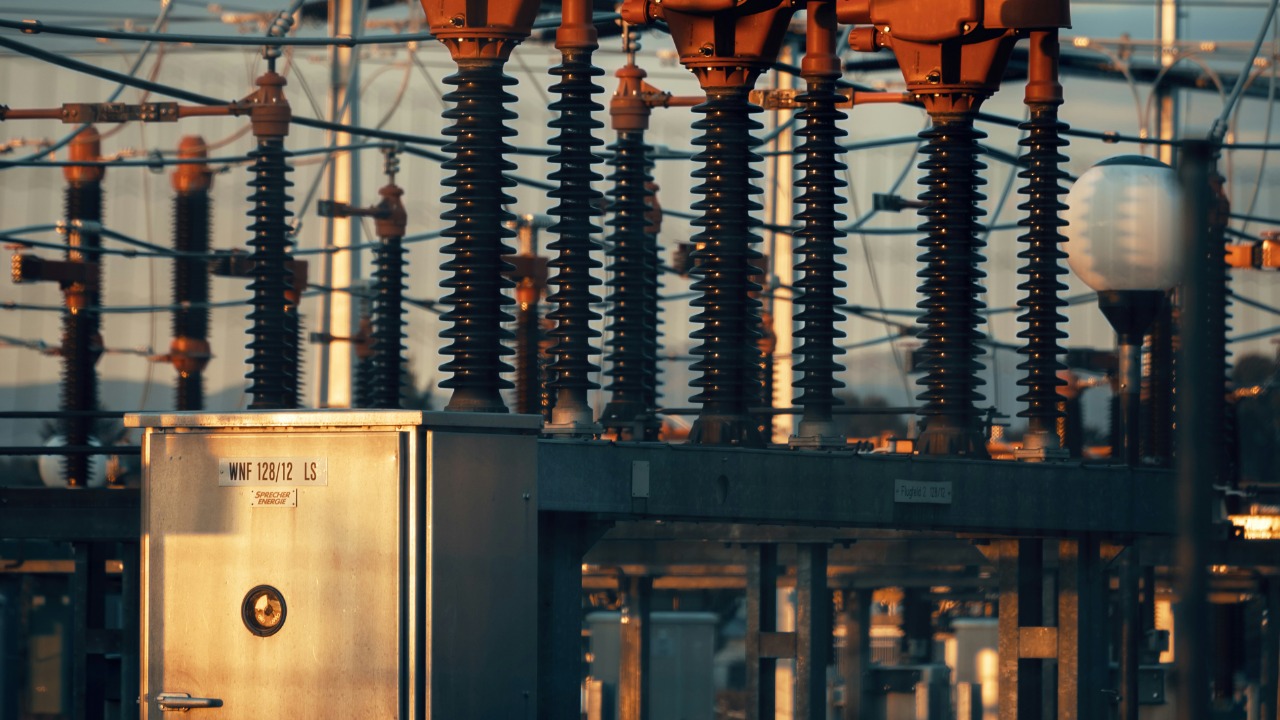
Energy storage systems are vital for balancing supply and demand in power grids, especially with the increasing integration of renewable energy. Projects focusing on expanding energy storage infrastructure are underway globally, dealing with the challenge of storing excess energy for use during peak periods or when renewable generation is low.
Technological advancements in battery storage, such as lithium-ion and flow batteries, are at the forefront of this expansion. Countries like Australia are leading the way with projects such as the Hornsdale Power Reserve, which is one of the largest lithium-ion battery installations in the world.
Offshore Wind Farm Developments
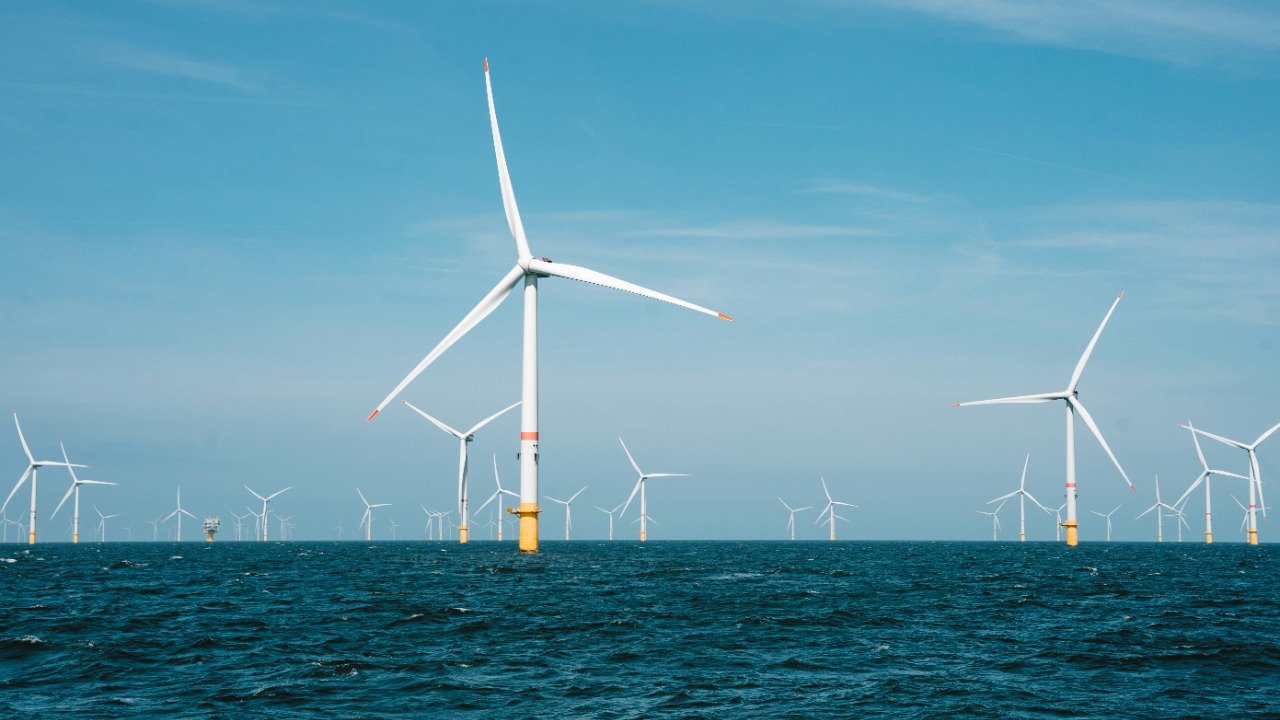
Offshore wind farms are rapidly becoming a significant contributor to the global energy landscape. These projects capitalize on the strong and consistent winds over the ocean, providing a reliable source of renewable energy. Countries with extensive coastlines, such as the United Kingdom and the United States, are heavily investing in offshore wind infrastructure.
The Dogger Bank Wind Farm in the UK, for example, is set to become the largest offshore wind farm in the world, capable of powering millions of homes. By harnessing the power of offshore winds, these projects are set to play a crucial role in reducing carbon emissions and securing energy independence.
Microgrid Implementation Programs
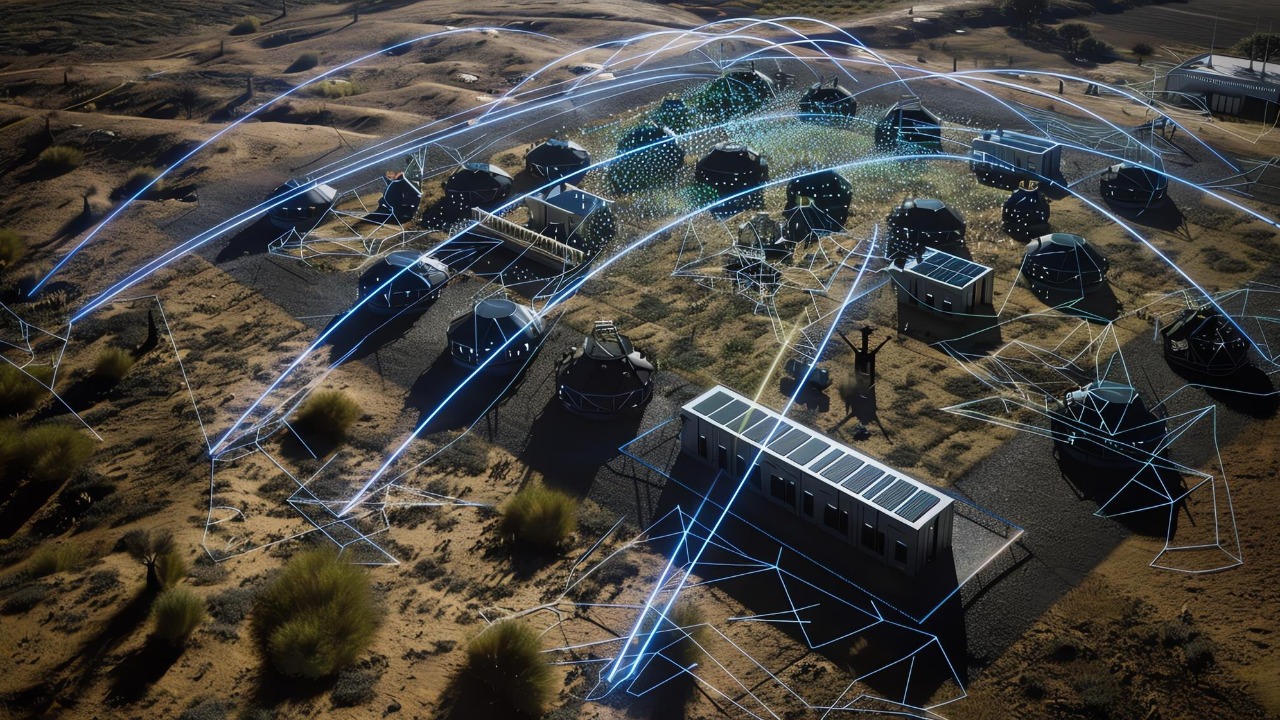
Microgrids are localized energy systems that can operate independently or in conjunction with the main power grid. They provide a reliable power supply to remote areas and enhance grid resiliency during emergencies. Microgrid projects are being implemented in various parts of the world to ensure energy access and improve the reliability of power supply.
These systems often integrate renewable energy sources and energy storage solutions, making them an environmentally friendly option. The Brooklyn Microgrid in New York is a notable example, allowing local consumers and producers to trade energy and enhance community energy resilience.
Grid Modernization for Electric Vehicles
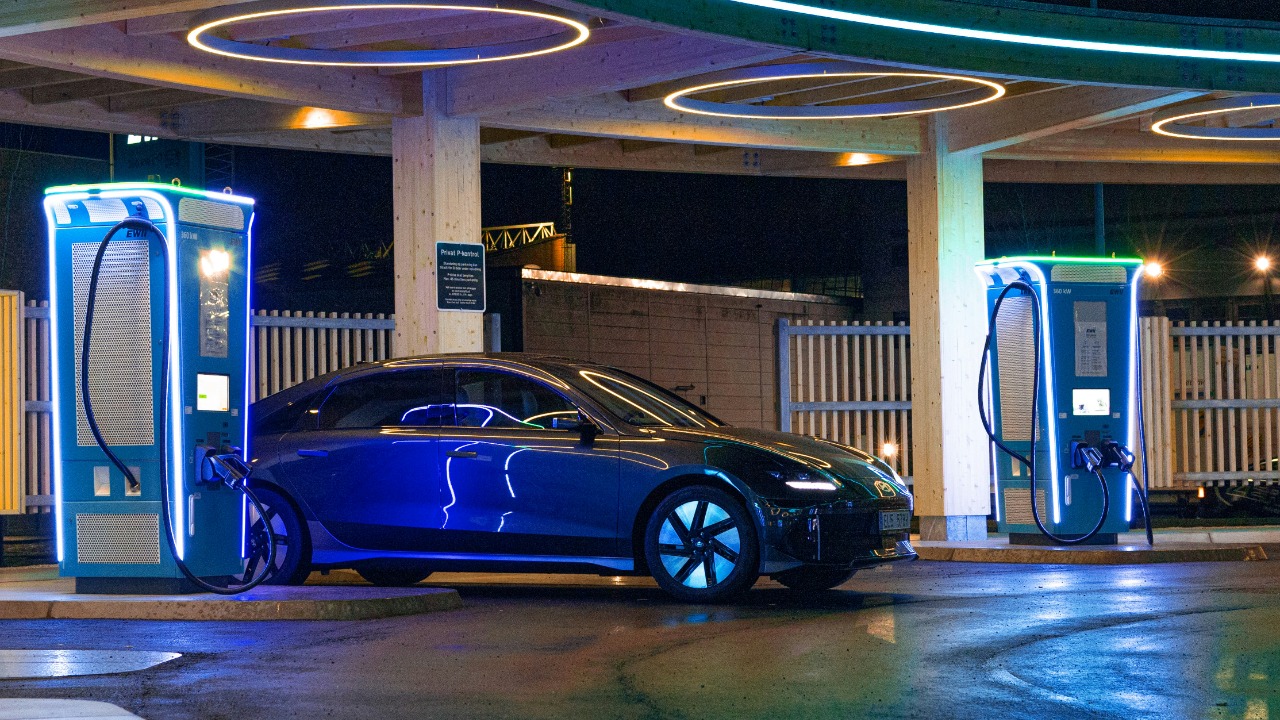
The rise of electric vehicles (EVs) presents new challenges and opportunities for power grids. Grid modernization projects are essential to support the increasing demand for EV charging infrastructure. These projects focus on upgrading grid capacity and implementing smart charging solutions to manage energy loads efficiently.
Countries like Norway, which is a leader in EV adoption, are investing in grid enhancements to support the surge in electric vehicle usage. By incorporating smart charging technologies, these projects ensure that the transition to electric vehicles is smooth and sustainable.
Cross-Border Power Grid Collaborations
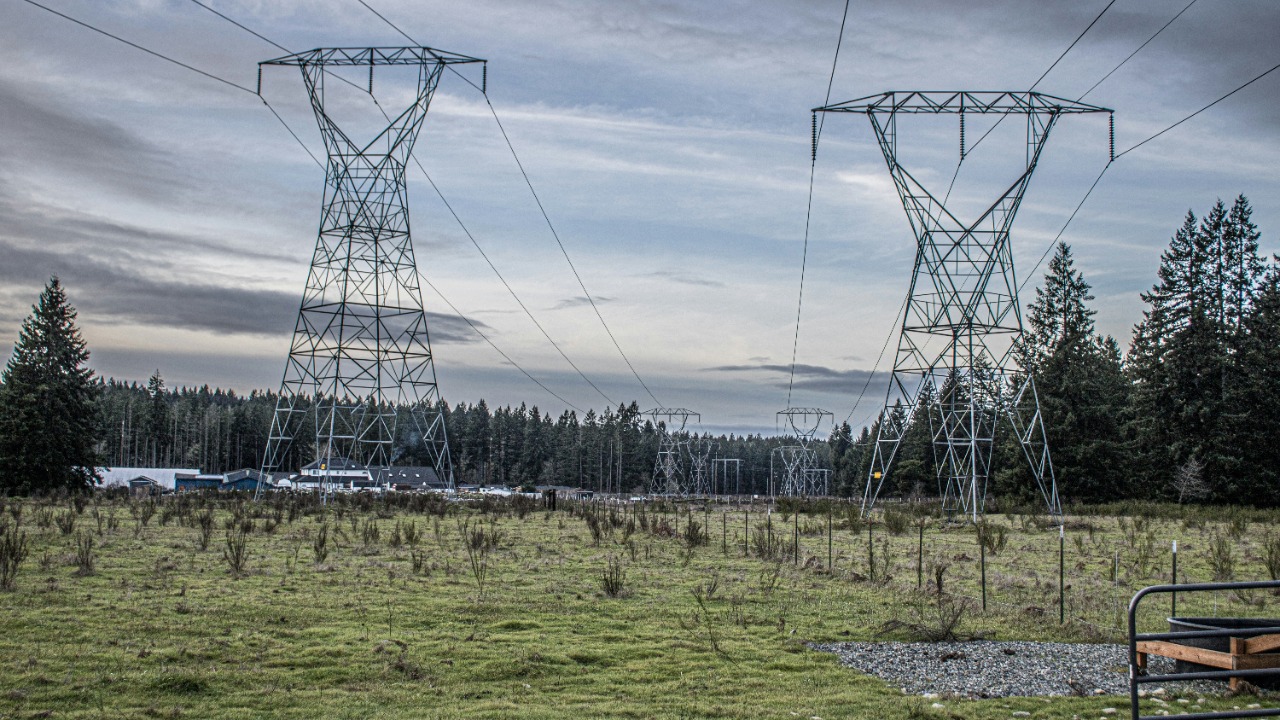
Collaborative projects between countries are crucial for establishing interconnected power grids that can share resources and enhance energy security. These cross-border collaborations enable the efficient exchange of electricity, utilizing each region’s unique energy resources.
The European Union’s efforts to create a single integrated energy market are a prime example of such collaboration. By linking national grids, these projects aim to optimize energy use and reduce dependency on fossil fuels, promoting a cleaner and more sustainable energy future.